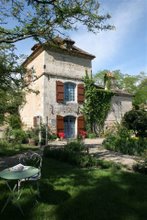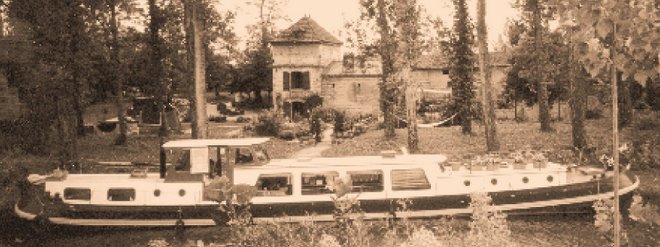Tuscan Black Kale **
So I did order a turkey from the village butcher, have yet to find cranberries (I've got an alternate idea...see later*) and I am scouring the last of the potager for some bebe romanesco- those goofy green pointed outer space cauliflowers.
Like a pin-striped muscle car, the potager is lined in frosty threads. After an unusally mild and long Indian summer, the famous Garonne River Valley fog has just arrived with the first frosty nights- resulting in that most ephemeral visual morning treat- a hoar frost. So as I sing 'chick, chick, chicka, che' to my ruffled feathered friends who are busy discovering the freshly arrived kitchen peelings, I ran around the garden in my nightdress, jeans and hoodie to gather a few ideas for Sunday Thanks and these first winter images.
Sunday Thanks Menu Ideas-
fennel fronds and boats with hot anchovy and black pepper dressing
Three Greens
(wilted collard greens, black kale and savoy cabbage
tossed with crispy lardons and garlic)
Armagnac-caramelized Sweet Potatoes wedges
Turkey Roti
(just salt, pepper and duck fat inside and out)
My mother's cornbread stuffing
(the only reason to eat all this!)
Just Pumpkin Pie
& other sweet fantasies
However, the most important ingredient, usually buried beneath the parades, the football games, the piles of colorful sweaters, the too many too early Christmas toys, is the friendship that has gathered around this French Kitchen table during the last year.
During 2008, dozens of new and old friends have stopped, cooked, learned, taught, inspired and been inspired in my simple French Kitchen. On this 2-acre 'American' island of good food and convival gatherings in the most French part of France, I count my blessing, small and grand.
I thank all of you who have made your way to my woad blue door, put up with Bacon's exhuberent greetings and contributed your own good energy and laughter to making the French Kitchen table so memorable.
this is just a sampling...
fennel fronds and boats with hot anchovy and black pepper dressing
Three Greens
(wilted collard greens, black kale and savoy cabbage
tossed with crispy lardons and garlic)
Armagnac-caramelized Sweet Potatoes wedges
Turkey Roti
(just salt, pepper and duck fat inside and out)
My mother's cornbread stuffing
(the only reason to eat all this!)
Just Pumpkin Pie
& other sweet fantasies
However, the most important ingredient, usually buried beneath the parades, the football games, the piles of colorful sweaters, the too many too early Christmas toys, is the friendship that has gathered around this French Kitchen table during the last year.
During 2008, dozens of new and old friends have stopped, cooked, learned, taught, inspired and been inspired in my simple French Kitchen. On this 2-acre 'American' island of good food and convival gatherings in the most French part of France, I count my blessing, small and grand.
I thank all of you who have made your way to my woad blue door, put up with Bacon's exhuberent greetings and contributed your own good energy and laughter to making the French Kitchen table so memorable.
this is just a sampling...





































